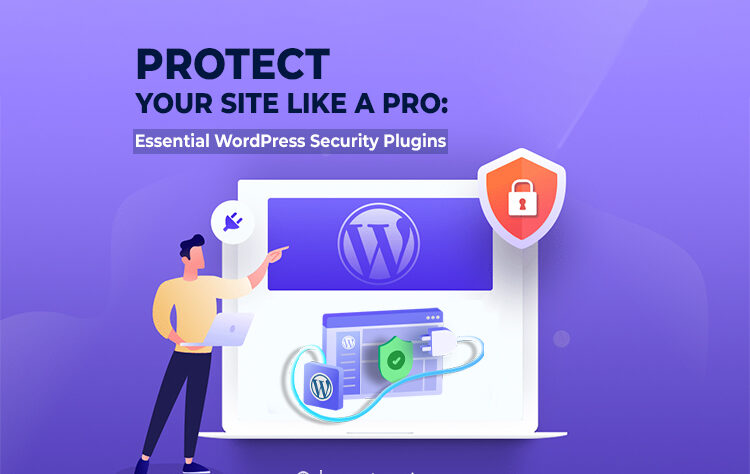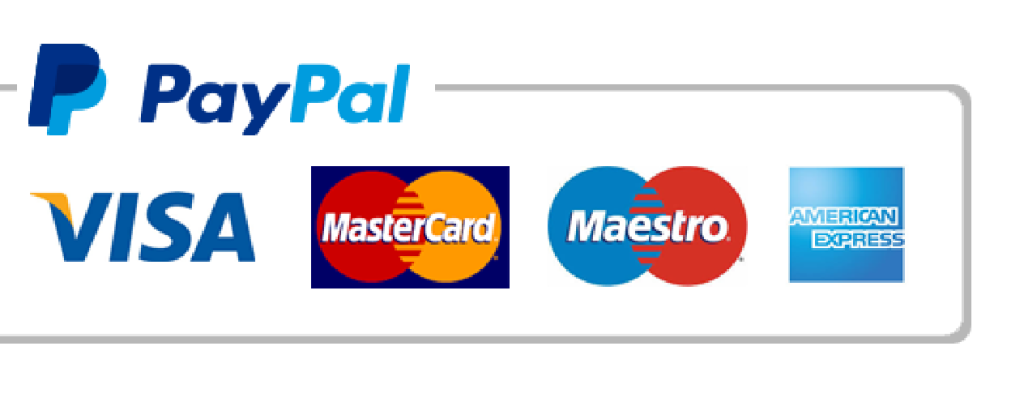WordPress security is a critical aspect of maintaining a healthy and secure website. Here are the key details and best practices to secure your WordPress site:
1. Keep WordPress Core, Themes, and Plugins Updated
- Regularly update the WordPress core to the latest version.
- Update themes and plugins to patch security vulnerabilities.
- Remove unused themes/plugins to reduce attack surfaces.
2. Use Strong Passwords and Two-Factor Authentication
- Create strong, unique passwords for all user accounts, especially administrators.
- Implement two-factor authentication (2FA) for additional login security.
3. Install a WordPress Security Plugin
- Wordfence: Offers a firewall, malware scanner, and login protection.
- iThemes Security: Provides brute-force protection, file change detection, and security hardening.
- Sucuri Security: Includes malware detection, monitoring, and a web application firewall.
4. Enable a Web Application Firewall (WAF)
- Use plugins like Wordfence or cloud-based services like Cloudflare or Sucuri to block malicious traffic before it reaches your site.
5. Secure the Login Page
- Change the default login URL from
/wp-adminor/wp-login.php. - Limit login attempts to prevent brute-force attacks.
- Implement CAPTCHA for added protection.
6. Use HTTPS
- Install an SSL certificate to encrypt data between your website and visitors.
- Many hosting providers offer free SSL certificates (e.g., Let’s Encrypt).
7. Secure the wp-config.php File
- Move
wp-config.phpto a higher directory if possible. - Set appropriate file permissions to prevent unauthorized access (e.g., 440 or 400).
8. Limit User Permissions
- Assign users only the roles they need to perform their tasks.
- Regularly audit user accounts to ensure no unnecessary admin privileges exist.
9. Regular Backups
- Use plugins like UpdraftPlus, VaultPress, or your hosting provider’s backup tools.
- Schedule automated backups and store them offsite.
10. Scan for Malware Regularly
- Use plugins like Wordfence, Sucuri, or MalCare to run regular scans.
- Check your website files for unauthorized modifications.
11. Monitor Activity Logs
- Use plugins like WP Activity Log to track user actions and detect suspicious behavior.
12. Hide WordPress Version
- Remove the WordPress version from the source code to avoid exposing vulnerabilities.
- Use security plugins or custom code to disable version meta tags.
13. Hosting Security
- Choose a reputable hosting provider with strong security measures.
- Ensure the server uses up-to-date software and supports firewalls, intrusion detection, and DDoS protection.
14. Use Content Delivery Networks (CDN)
- CDNs like Cloudflare and StackPath improve performance and provide additional security against DDoS attacks.



